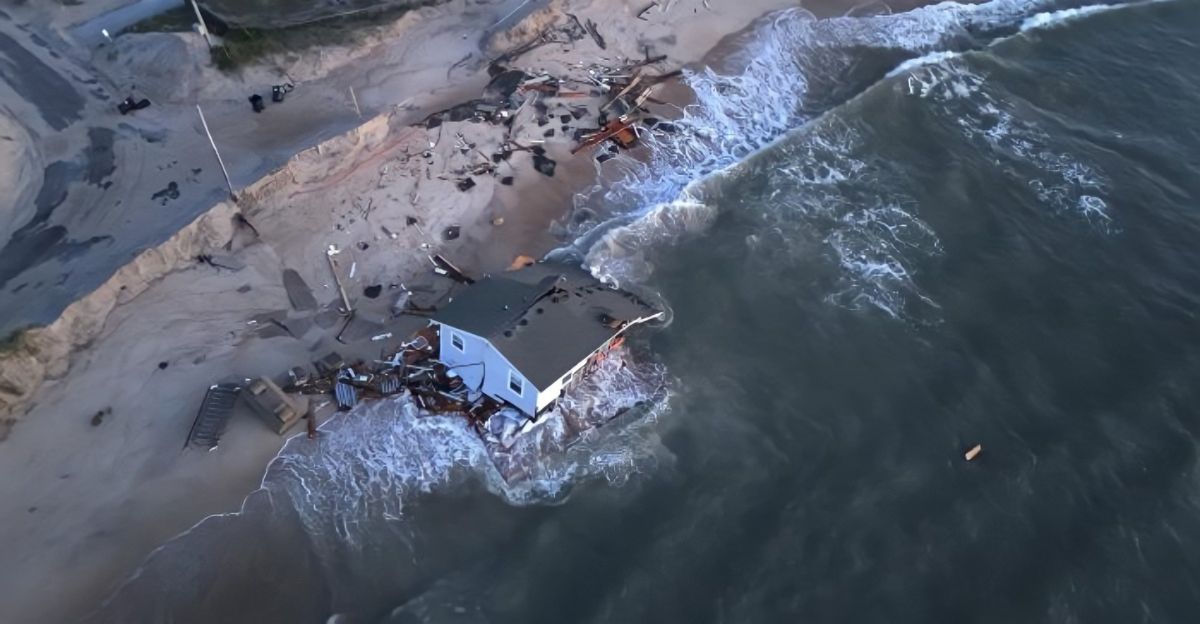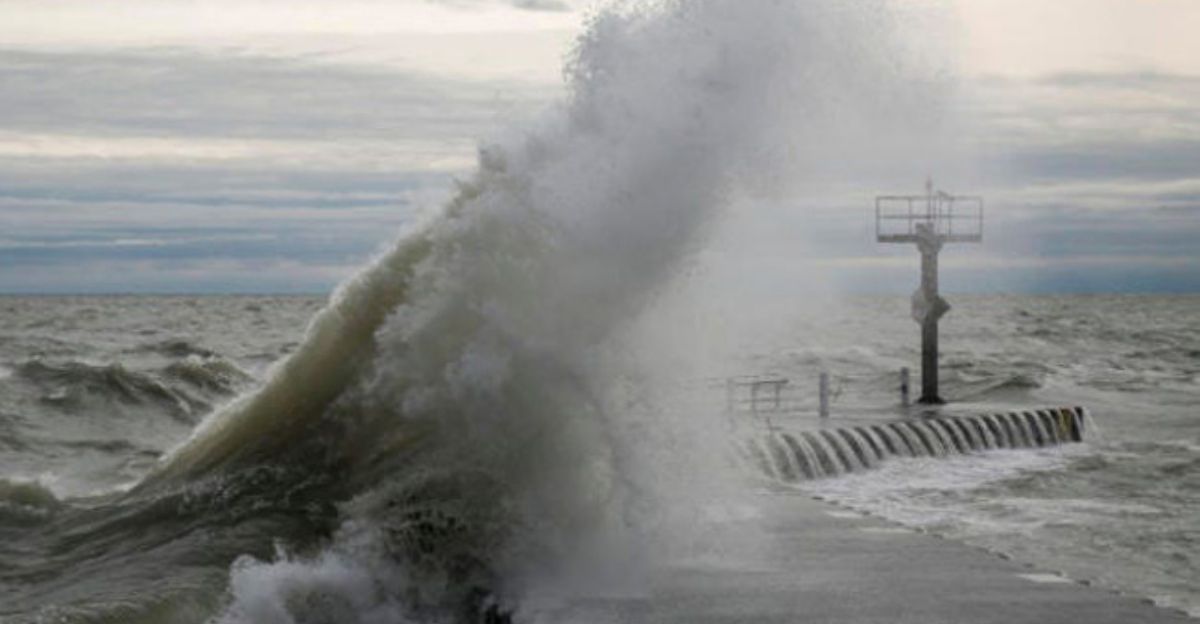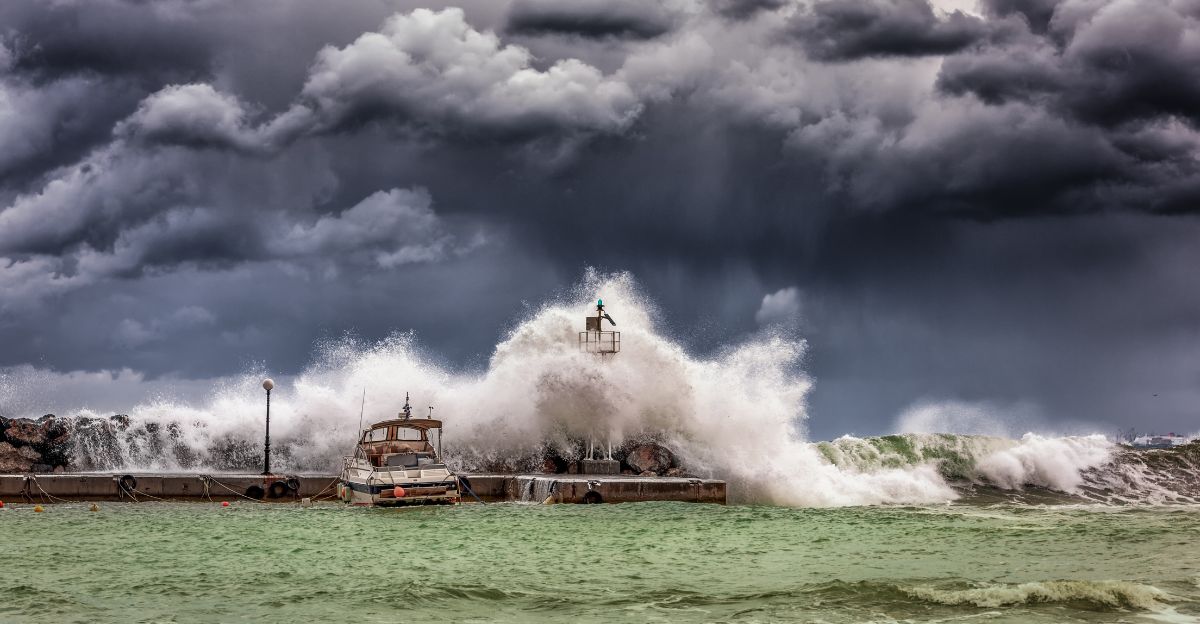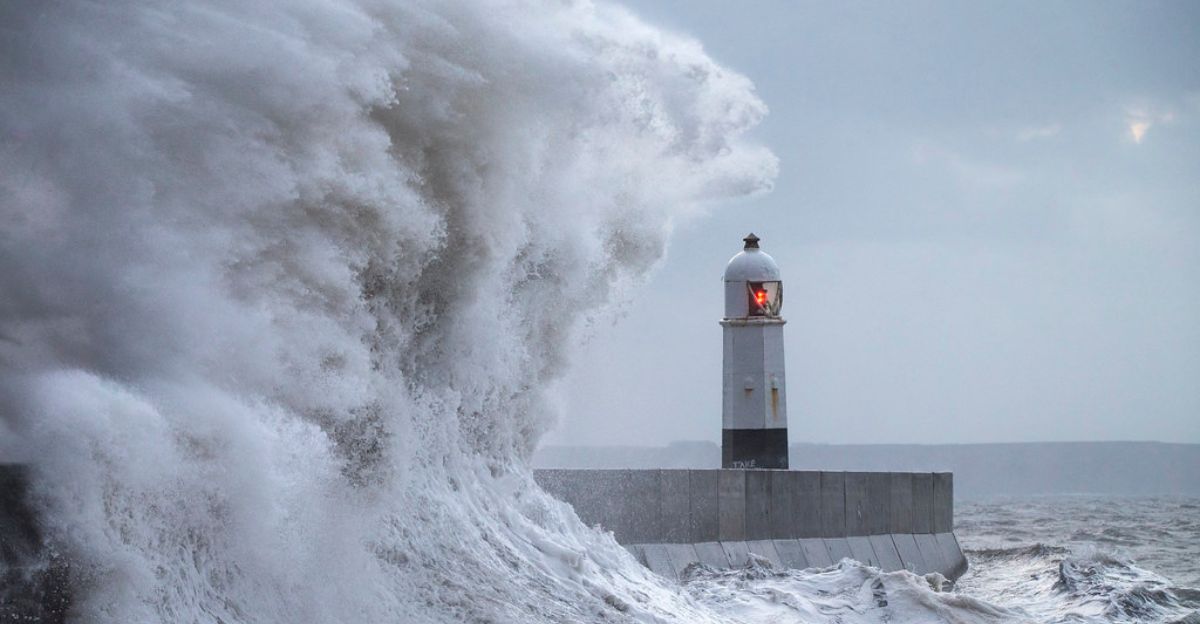
Lake Michigan stretches over four states with 1,638 miles of shoreline and has always been a beloved summer destination. Unfortunately, these vast shorelines face life-threatening conditions that have prompted urgent warnings from officials and safety experts. While staying out of the water might not be what people want to hear at the start of summer, these urgent warnings keep residents and visitors safe from these extreme conditions.
All About Lake Michigan

Lake Michigan is one of North America’s five Great Lakes. It stands out as the only one located entirely within the United States, bordered by the states of Michigan, Wisconsin, Illinois, and Indiana. It is the third largest of the Great Lakes by surface area, spanning about 22,300 square miles, and the second largest by volume, containing roughly 1,180 cubic miles of freshwater.
Each year, Lake Michigan records the highest number of drownings among the Great Lakes, with annual totals typically ranging from about 40 to over 50 deaths. For example, in 2022, there were 43 drownings in Lake Michigan, and in 2021, a record 53 people drowned in its waters. These figures do not account for the number of non-fatal injuries, but the consistently high rate of drownings highlights the persistent dangers posed by the lake.
Dangerous Waves and Rip Currents

Dangerous waves and rip currents are common in the lake. Northerly winds reaching 30 mph and waves up to 7 feet create perilous conditions, particularly in Lake County, Indiana, and Porter County, Illinois. The National Weather Service (NWS) emphasized that swimming conditions are “life-threatening, especially for inexperienced swimmers.”
Rip currents, which can exceed 5 mph, have already contributed to 57% of Great Lakes drownings in 2024 occurring in Lake Michigan. “It’s a very hazardous day to be going into the water for wading or swimming,” said Dave Benjamin, the co-founder of the non-profit Great Lakes Surf Rescue Project. “It’s highly advised you’re not entering the water at your beaches.”
Climate Change Intensifies Coastal Threats

Climate change plays a big role in the severity of these conditions. Rising air and water temperatures and more frequent and intense storms drive rapid lake-level swings that exacerbate coastal erosion, flooding, and infrastructure damage. A 2022 Environmental Law and Policy Center (ELPC) report warned that legacy industrial sites with lower water levels now face inundation risks.
Howard Learner, ELPC executive director, stated, “We need to rethink the shoreline’s built environment in light of higher water levels.”
Structural Currents Near Piers and Breakwalls

Structural currents near piers and breakwalls along Lake Michigan’s shoreline are extremely dangerous. These currents form when water moving parallel to the shore encounters a man-made structure, such as a pier or breakwall, and is forced to flow swiftly alongside it. This causes a strong, narrow current that can easily sweep swimmers and even those who accidentally fall from the structure into deeper water, often carrying them far from safety.
The NWS warns, “Avoid structures jutting into the lake during high surf.” Most current-related incidents in the Great Lakes, including many fatalities, are linked to these structural currents, particularly along Lake Michigan’s popular beaches.
Boating Hazards in Choppy Waters

Small craft advisories are in effect, with waves up to 6 feet in Chicago creating “hazardous” conditions for boaters. Unlike the ocean, where large waves tend to be long, rolling swells, Lake Michigan’s waves are often steep, close together, and prone to breaking, making navigation especially treacherous for small and medium-sized vessels.
Sudden storms can produce winds exceeding 30 knots and waves towering up to 10 feet, overwhelming even experienced boaters and causing water to crash over decks or capsize boats.
Public Safety Measures and Warnings

A comprehensive system of safety measures and warnings is in place along much of the shoreline to protect the public from the dangers posed by Lake Michigan’s unpredictable waters. Many state parks and beaches use a color-coded flag system to indicate current water hazards: green flags signal calm conditions, yellow flags warn of moderate risks, red flags mean high hazards and advise staying out of the water, and double red flags indicate that water access is closed due to life-threatening conditions.
Designated swim areas marked by buoys, regular safety inspections, and rescue equipment further enhance safety. Dave Benjamin of the Great Lakes Surf Rescue Project advised, “Keep children within arm’s reach—even ankle-deep water can be deadly.”
Impact on Recreation and Tourism

As one of the Midwest’s most popular summer destinations, Lake Michigan typically draws crowds eager to swim, boat, and enjoy the beaches, especially during holiday weekends and the start of the summer season. However, when hazardous waves, strong currents, and dangerous weather cause the beaches to close, tourism in the area suffers significantly.
Lake Michigan has a $15 billion tourism industry, meaning that these closures can have a serious impact on the economy. Despite these setbacks, the region’s enduring appeal ensures that people will continue to flock to Lake Michigan, making it critical for officials to balance public safety with economic and social benefits.
E. coli Contamination Closes Beaches

When E. coli concentrations exceed 300 colony-forming units per 100 milliliters of water, beaches are closed to swimming to protect public health. Contact with contaminated water can cause serious gastrointestinal, respiratory, and skin illnesses.
Local health departments routinely test water quality and update the public through online platforms and beach signage, reopening beaches only when bacteria levels return to safe limits.
Experts Call for Immediate Action

Experts are sounding the alarm and calling for immediate, coordinated action to address the escalating threats along Lake Michigan’s shoreline. Meteorologist Zachary Yack noted, “Strong onshore winds will continue to drive dangerous waves this summer.”
As the risks intensify, these calls for action stress that preparing now is essential to safeguard both the environment and the economic vitality of Lake Michigan’s coastal communities.
Explore more of our trending stories and hit Follow to keep them coming to your feed!

Don’t miss out on more stories like this! Hit the Follow button at the top of this article to stay updated with the latest news. Share your thoughts in the comments—we’d love to hear from you!







